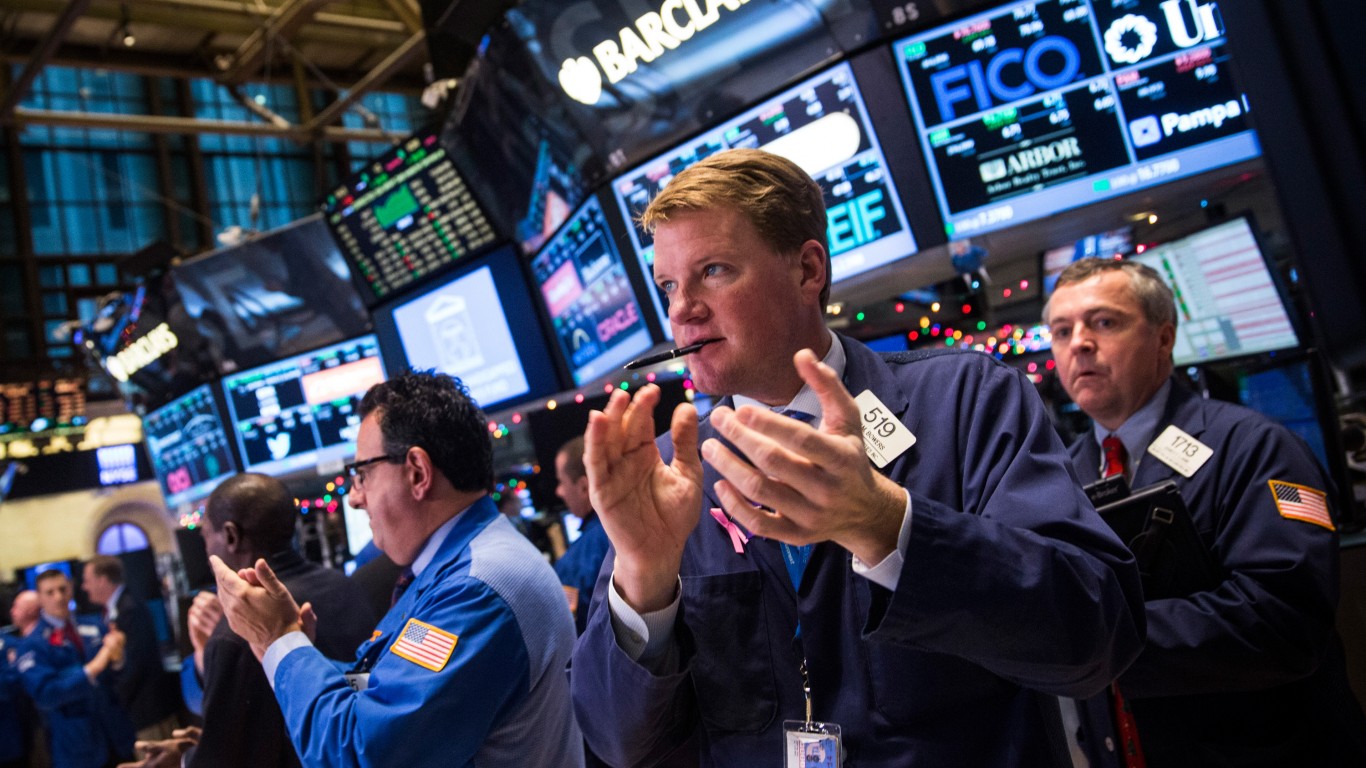Economy
Federal Reserve Takes Historic Easing Actions to Stabilize Economy Against Coronavirus Fallout

Published:
Last Updated:

The Federal Reserve has gone out of its way to assure financial markets that it is entering into full-blown easing and stabilizing mode. In an unprecedented move for a Sunday, ahead of the global financial markets opening in Asia, the Federal Reserve’s FOMC cut the fed funds rate back down to its crisis-level 0.00% to 0.25% range. The Fed is also committing to purchase “at least” $500 billion in Treasury securities and $200 billion in mortgage-backed securities.
Sunday’s statement, after President Trump’s emergency declaration and stabilization efforts on Friday before the markets closed, points entirely to the coronavirus outbreak as having “harmed communities and disrupted economic activity in many countries, including the United States. ” The statement also pointed out that global financial conditions have been significantly affected. The statement did not address specifics, but the move is after U.S. yields have come so low (record lows on the longer dated maturities) and the roaring bull market in stocks entered into a bear market in only one month.
While the U.S. economy was on strong ground ahead of the challenging time, and while the labor market remained strong with strong household spending, business fixed investment and exports remained weak. The statement also noted how the energy sector has come under stress and that overall nominal and core inflation are running under that 2% line.
The Federal Reserve’s timing for this move was after one emergency rate cut and was ahead of this week’s planned FOMC meeting where the FOMC was largely expected to make another sizable interest rate cut. Some investors will think of this as the quantitative easing fired through a bazooka. Other investors are likely to consider that this could be the first step toward negative interest rates as have been around in Europe and Japan for some time.
As for the duration and timing, the FOMC statement said:
The Committee expects to maintain this target range until it is confident that the economy has weathered recent events and is on track to achieve its maximum employment and price stability goals. This action will help support economic activity, strong labor market conditions, and inflation returning to the Committee’s symmetric 2 percent objective.
The Committee will continue to monitor the implications of incoming information for the economic outlook, including information related to public health, as well as global developments and muted inflation pressures, and will use its tools and act as appropriate to support the economy. In determining the timing and size of future adjustments to the stance of monetary policy, the Committee will assess realized and expected economic conditions relative to its maximum employment objective and its symmetric 2 percent inflation objective. This assessment will take into account a wide range of information, including measures of labor market conditions, indicators of inflation pressures and inflation expectations, and readings on financial and international developments.
As the second paragraph of the quote above noted, the door has been left open to keep more easing or quantitative easing measures on the table. The statement described the purchases by saying:
The Federal Reserve is prepared to use its full range of tools to support the flow of credit to households and businesses and thereby promote its maximum employment and price stability goals. To support the smooth functioning of markets for Treasury securities and agency mortgage-backed securities that are central to the flow of credit to households and businesses, over coming months the Committee will increase its holdings of Treasury securities by at least $500 billion and its holdings of agency mortgage-backed securities by at least $200 billion. The Committee will also reinvest all principal payments from the Federal Reserve’s holdings of agency debt and agency mortgage-backed securities in agency mortgage-backed securities. In addition, the Open Market Desk has recently expanded its overnight and term repurchase agreement operations. The Committee will continue to closely monitor market conditions and is prepared to adjust its plans as appropriate.
Lastly, the statement said:
In a related set of actions to support the credit needs of households and businesses, the Federal Reserve announced measures related to the discount window, intraday credit, bank capital and liquidity buffers, reserve requirements, and—in coordination with other central banks—the U.S. dollar liquidity swap line arrangements.
There was one dissenting vote from Fed president Loretta J. Mester. She was said to be in full support of all of the actions taken to promote the smooth functioning of markets and the flow of credit to households and businesses, but she preferred to cut the official fed funds range down to range of 0.50% to 0.75%.
The major markets in Asia are not yet open so the impact to the stabilization effort has yet to be seen.
The last few years made people forget how much banks and CD’s can pay. Meanwhile, interest rates have spiked and many can afford to pay you much more, but most are keeping yields low and hoping you won’t notice.
But there is good news. To win qualified customers, some accounts are paying almost 10x the national average! That’s an incredible way to keep your money safe and earn more at the same time. Our top pick for high yield savings accounts includes other benefits as well. You can earn up to 3.80% with a Checking & Savings Account today Sign up and get up to $300 with direct deposit. No account fees. FDIC Insured.
Click here to see how much more you could be earning on your savings today. It takes just a few minutes to open an account to make your money work for you.
Thank you for reading! Have some feedback for us?
Contact the 24/7 Wall St. editorial team.